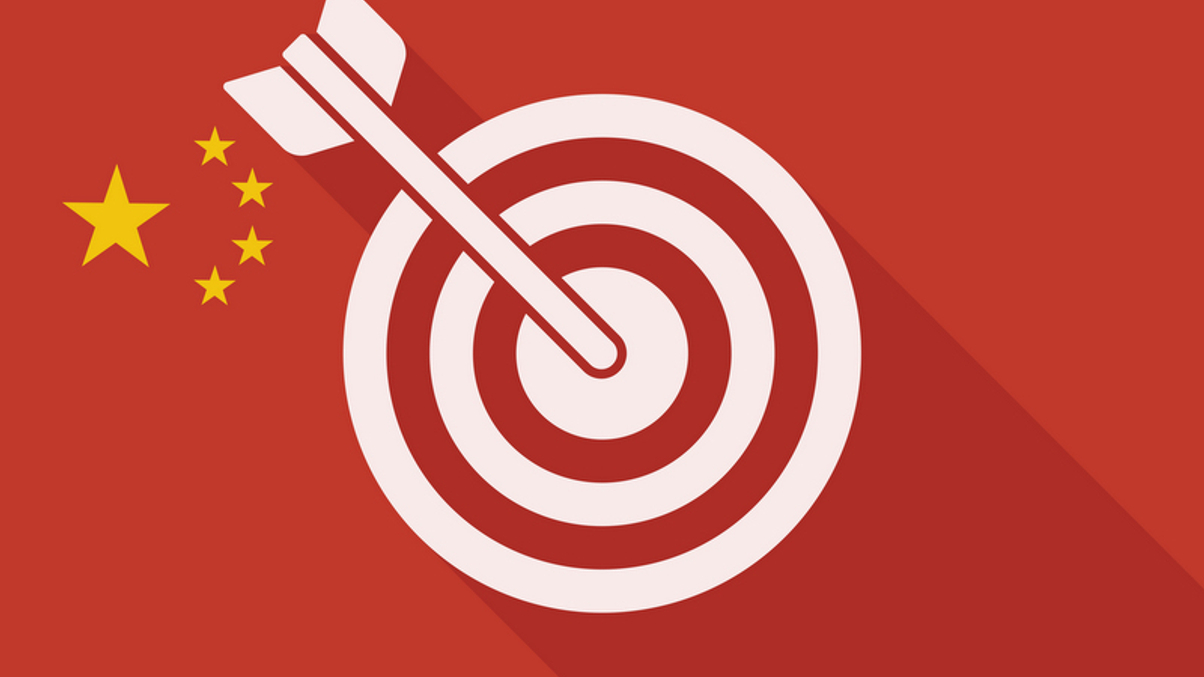CPIC seeking Greater China M&A target, eyes equity assets
CPIC's CIO says the insurer plans to take its time on acquiring an "insurance-related business" in greater China, while it wants to raise H- and A-share investments.

Cash-rich China Pacific Insurance Company (CPIC) is looking to acquire an insurance-related business at home or in Greater China as it seeks to inorganically grow. It also wants to deploy more of its assets into A-shares and H-shares, according to chief investment officer Benjamin Deng.
Sign In to Your Account
Access Exclusive AsianInvestor Content!
Please sign in to your subscription to unlock full access to our premium AI resources.
Free Registration & 7-Day Trial
Register now to enjoy a 7-day free trial—no registration fees required. Click the link to get started.
Note: This free trial is a one-time offer.
¬ Haymarket Media Limited. All rights reserved.


